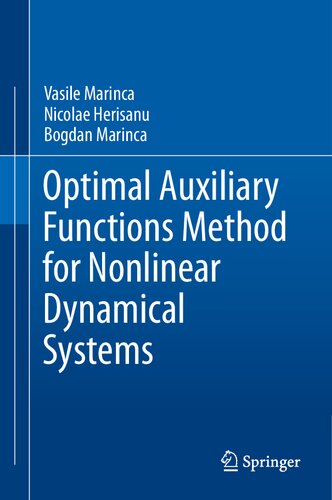

Most ebook files are in PDF format, so you can easily read them using various software such as Foxit Reader or directly on the Google Chrome browser.
Some ebook files are released by publishers in other formats such as .awz, .mobi, .epub, .fb2, etc. You may need to install specific software to read these formats on mobile/PC, such as Calibre.
Please read the tutorial at this link: https://ebookbell.com/faq
We offer FREE conversion to the popular formats you request; however, this may take some time. Therefore, right after payment, please email us, and we will try to provide the service as quickly as possible.
For some exceptional file formats or broken links (if any), please refrain from opening any disputes. Instead, email us first, and we will try to assist within a maximum of 6 hours.
EbookBell Team

0.0
0 reviewsThis book presents the optimal auxiliary functions method and applies it to various engineering problems and in particular in boundary layer problems. The cornerstone of the presented procedure is the concept of “optimal auxiliary functions” which are needed to obtain accurate results in an efficient way. Unlike other known analytic approaches, this procedure provides us with a simple but rigorous way to control and adjust the convergence of the solutions of nonlinear dynamical systems. The optimal auxiliary functions are depending on some convergence-control parameters whose optimal values are rigorously determined from mathematical point of view. The capital strength of our procedure is its fast convergence, since after only one iteration, we obtain very accurate analytical solutions which are very easy to be verified. Moreover, no simplifying hypothesis or assumptions are made.
The book contains a large amount of practical models from various fields of engineering such as classical and fluid mechanics, thermodynamics, nonlinear oscillations, electrical machines, and many more.
The book is a continuation of our previous books “Nonlinear Dynamical Systems in Engineering. Some Approximate Approaches”, Springer-2011 and “The Optimal Homotopy Asymptotic Method. Engineering Applications”, Springer-2015.